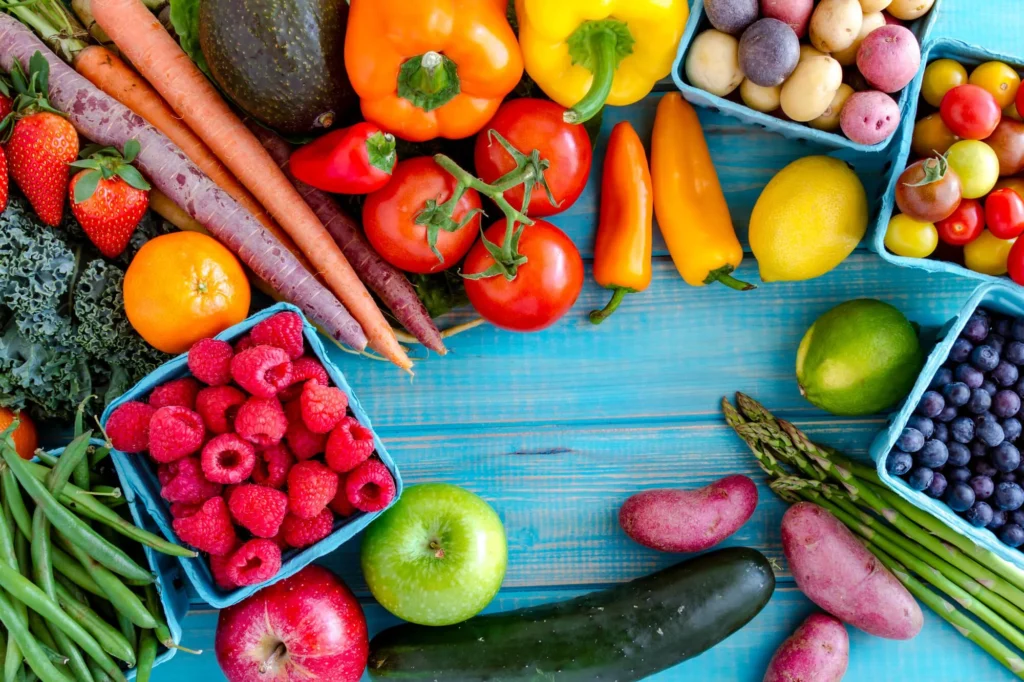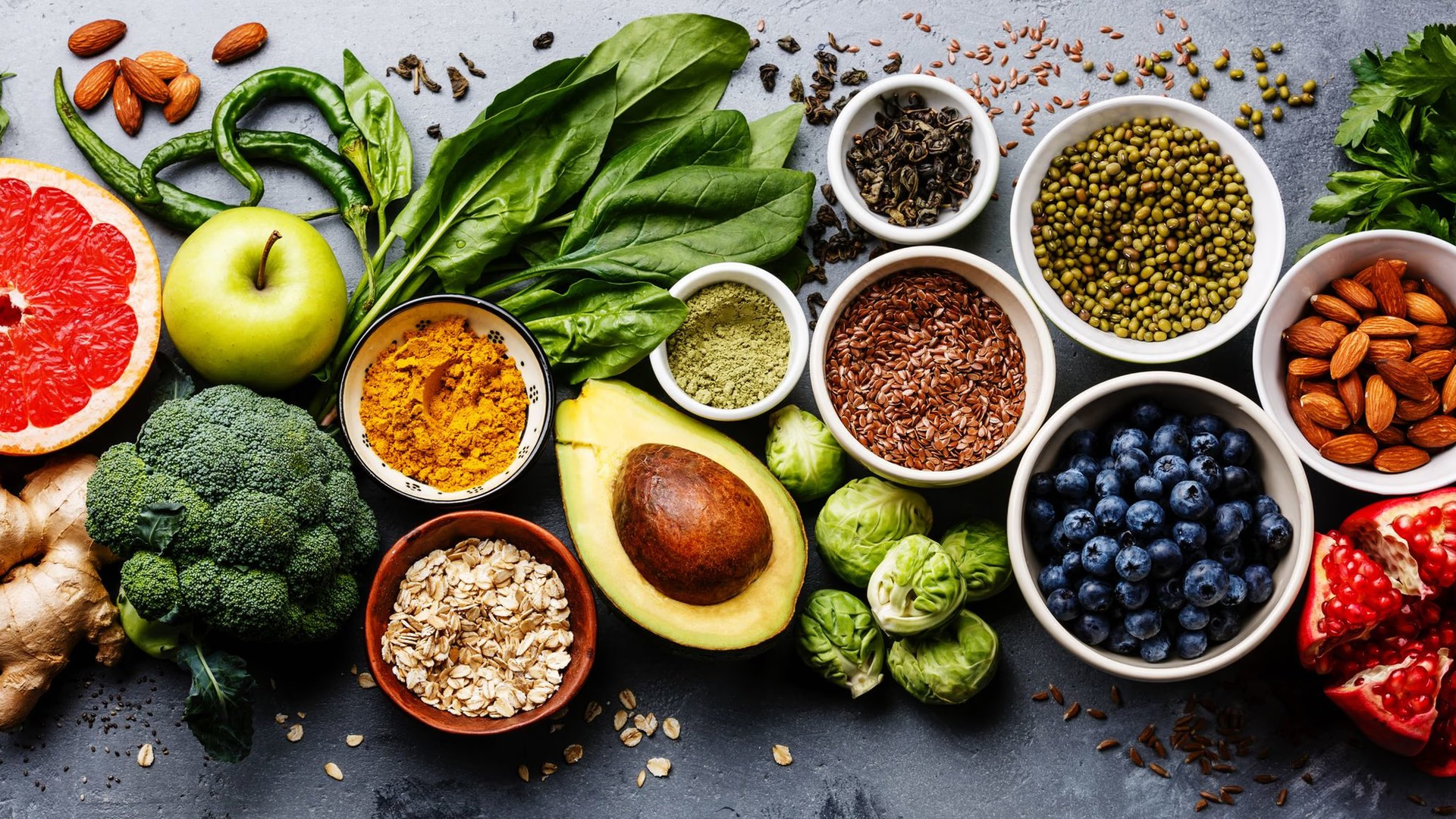In today’s fast-moving world, many people are looking for a simpler way to live. Two powerful ideas—minimalism and plant-based living—are growing in popularity. When combined, they offer a path to better health, less clutter, and a more meaningful life.
In India, this lifestyle shift is even more relevant. Many of our traditions already focus on simplicity and vegetarian food. Let’s explore how minimalism and plant-based diets work together and how you can begin your journey.
What is Minimalism?
Minimalism is the practice of living with less. It means keeping only what adds value to your life. This can be less stuff, fewer clothes, or even fewer distractions. The goal is to focus more on what truly matters—health, relationships, peace of mind.
You don’t have to give up everything. Just remove the unnecessary to make space for things you love.
What is a Plant-Based Lifestyle?

A plant-based lifestyle means eating mostly or only foods that come from plants. This includes fruits, vegetables, grains, pulses, nuts, seeds, and legumes. It avoids or limits animal-based products like meat, dairy, and eggs.
A plant-based diet helps:
- Improve health
- Reduce risk of lifestyle diseases
- Support ethical and eco-conscious choices
- Promote sustainability
Also Read How to Start Gardening- Absolute Beginners 2025 Guide
How Minimalism and Plant-Based Living Support Each Other
These two lifestyles share similar values:
1. Simplicity
Plant-based meals are often simple. Indian kitchens already use dal, sabzi, roti, and rice daily. With minimalism, you reduce kitchen clutter and focus on healthy basics.
2. Less Waste
A minimalist kitchen avoids overbuying. When you eat plant-based, you reduce plastic packaging (no meat trays or dairy cartons). This supports zero-waste cooking.
3. Cost-Effective
A plant-based lifestyle with minimalism helps save money. You buy only what you need. Grains, dals, and local produce are cheaper than processed or packaged items.
4. Focus on Wellness
Both lifestyles promote mental clarity. Eating clean and living light can reduce stress and boost energy.
Minimalist Tips for Indian Plant-Based Living
1. Simplify Your Kitchen
- Keep only essential utensils. A kadai, pressure cooker, and a mixer are enough for most.
- Store grains, pulses, and spices in reusable glass or steel jars.
- Remove plastic clutter and invest in sustainable tools.
2. Shop Mindfully
- Use a simple grocery list with core plant-based items: rice, dals, seasonal vegetables, nuts, whole spices.
- Buy in bulk to save money and reduce waste.
- Choose local and organic produce when possible.
3. Cook Simple Meals
- One-pot meals like khichdi, upma, and pulao are filling and easy.
- Use herbs and spices to add variety.
- Focus on nutrient-dense meals using local ingredients.
Examples:
- Moong dal chilla
- Vegetable sambar
- Millet khichdi with peanuts
- Stir-fried greens with brown rice
4. Declutter Food Storage
- Don’t overstock. Keep only what you’ll use in 1–2 weeks.
- Label containers and arrange them by frequency of use.
- Rotate older ingredients first.
Minimalism Beyond Food
To truly embrace the lifestyle, extend minimalism to your entire routine:
- Wardrobe: Keep only comfortable clothes. Avoid fast fashion.
- Digital space: Clear unwanted apps and notifications.
- Routine: Practice mindful eating, daily walks, and meditation.
Living simply helps reduce mental noise, which pairs well with a light, plant-based Indian diet.
Health Benefits of This Lifestyle
When you eat simple plant-based meals and reduce daily clutter:
- You gain better digestion
- You feel less bloated or tired
- Your skin clears up naturally
- Your mental focus improves
- You feel more satisfied with less
This way of living also supports better sleep and mood stability.
Environmental Impact
Combining minimalism and plant-based eating also helps the planet.
- Fewer resources used (water, fuel, packaging)
- Lower carbon footprint from plant foods
- Less plastic waste with bulk and local buying
- Reduced kitchen electricity and water usage
This supports a greener and more sustainable India.
Challenges (and How to Overcome Them)
1. Family pressure: Not everyone may be ready to change. Start small and lead by example.
2. Fear of protein deficiency: Include dals, peanuts, soya, tofu, and sprouts to meet protein needs.
3. Feeling deprived: Try new vegan recipes from Indian cuisines. Add herbs and spices to keep food exciting.
4. Overthinking minimalism: Don’t force decluttering. Start slowly and go at your pace.
FAQs on Minimalism and Plant-Based Living
Q1. Do I have to become fully vegan to follow this lifestyle?
No. Start by increasing plant foods and reducing animal-based ones. Small steps help.
Q2. Is this lifestyle expensive?
Not at all. It often saves money. Local grains, pulses, and veggies are affordable in India.
Q3. What should I keep in my minimalist kitchen?
Basic grains, dals, masalas, cooking oil, seasonal veggies, lemon, and ginger-garlic paste. That’s enough to make many meals.
Q4. Can kids follow this too?
Yes. With balanced meals, kids can thrive on a mostly plant-based diet. Consult a pediatrician for major changes.
Q5. How do I stay consistent?
Set small goals. Prep meals once a week. Enjoy the freedom and clarity minimalism brings.
Final Thoughts
Living with less doesn’t mean living with lack. When minimalism meets plant-based living, you gain health, peace, and purpose. In an Indian setting, it’s not a new idea. It’s actually a return to our roots—simple food, mindful choices, and natural living.
You don’t have to change overnight. Start with a clean kitchen, a few fresh veggies, and a healthy thali. Add small habits every week. You’ll soon notice that you’re saving time, money, and energy—all while caring for your health and the planet.
Author- Ayush

It’s actually a cool and helpful piece of information. I am happy that you just shared this
useful information with us. Please keep us informed like this.
Thank you for sharing.